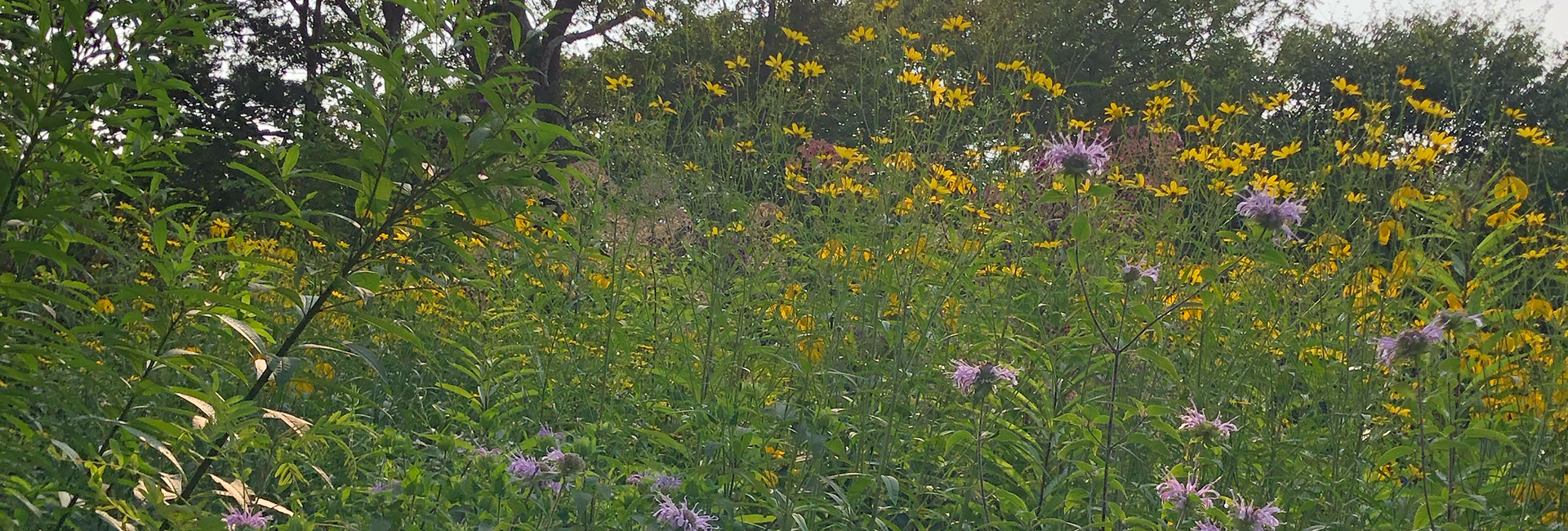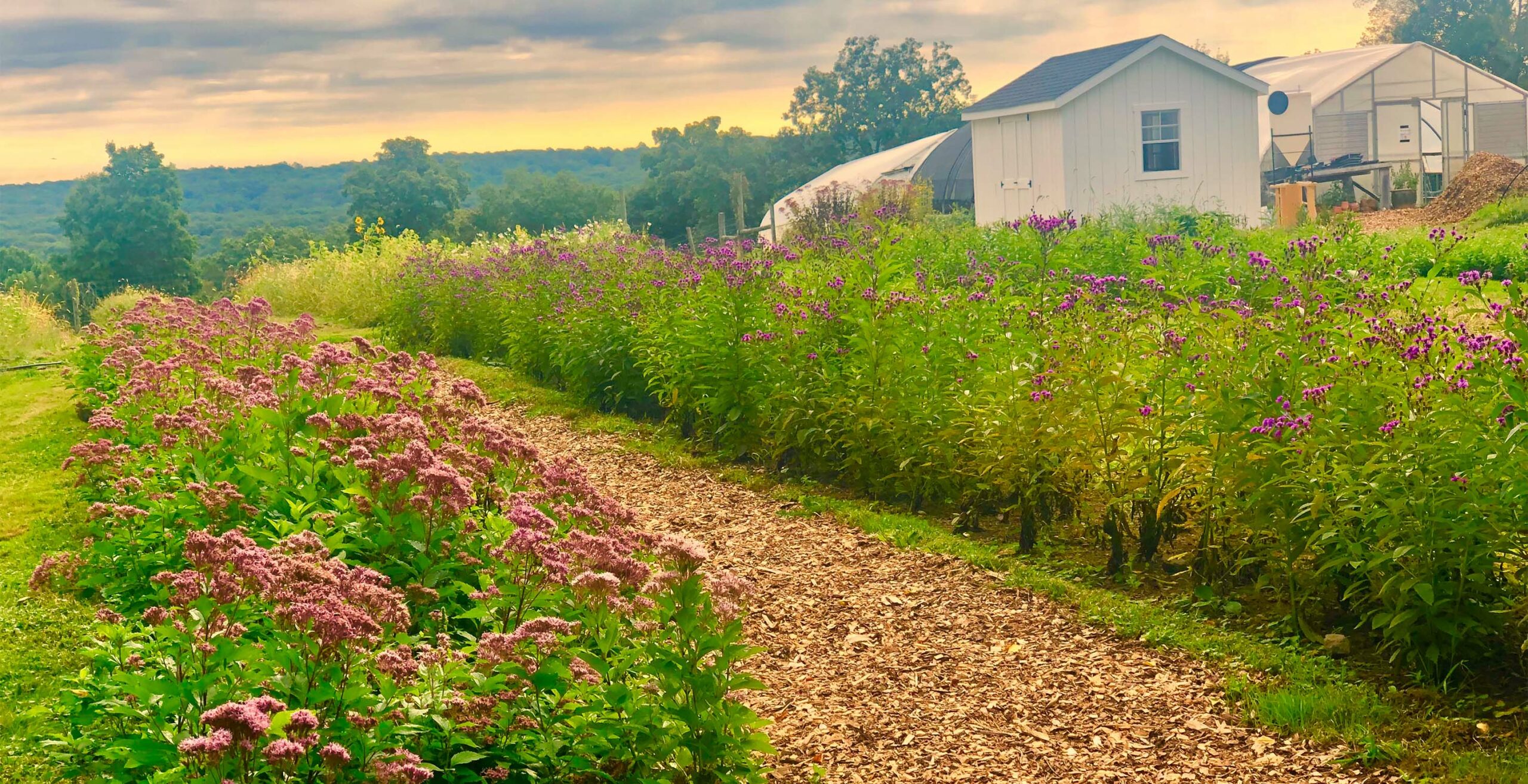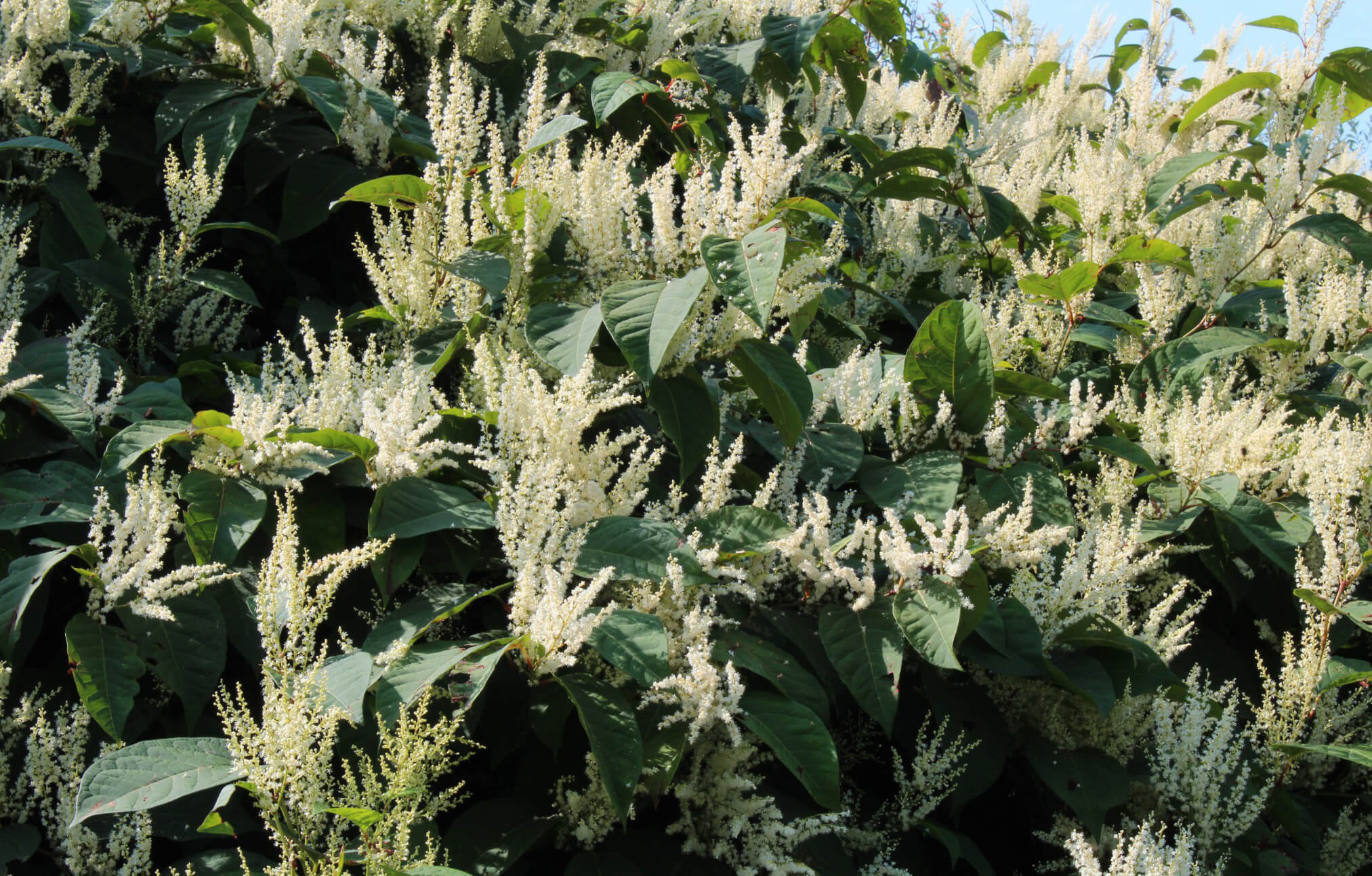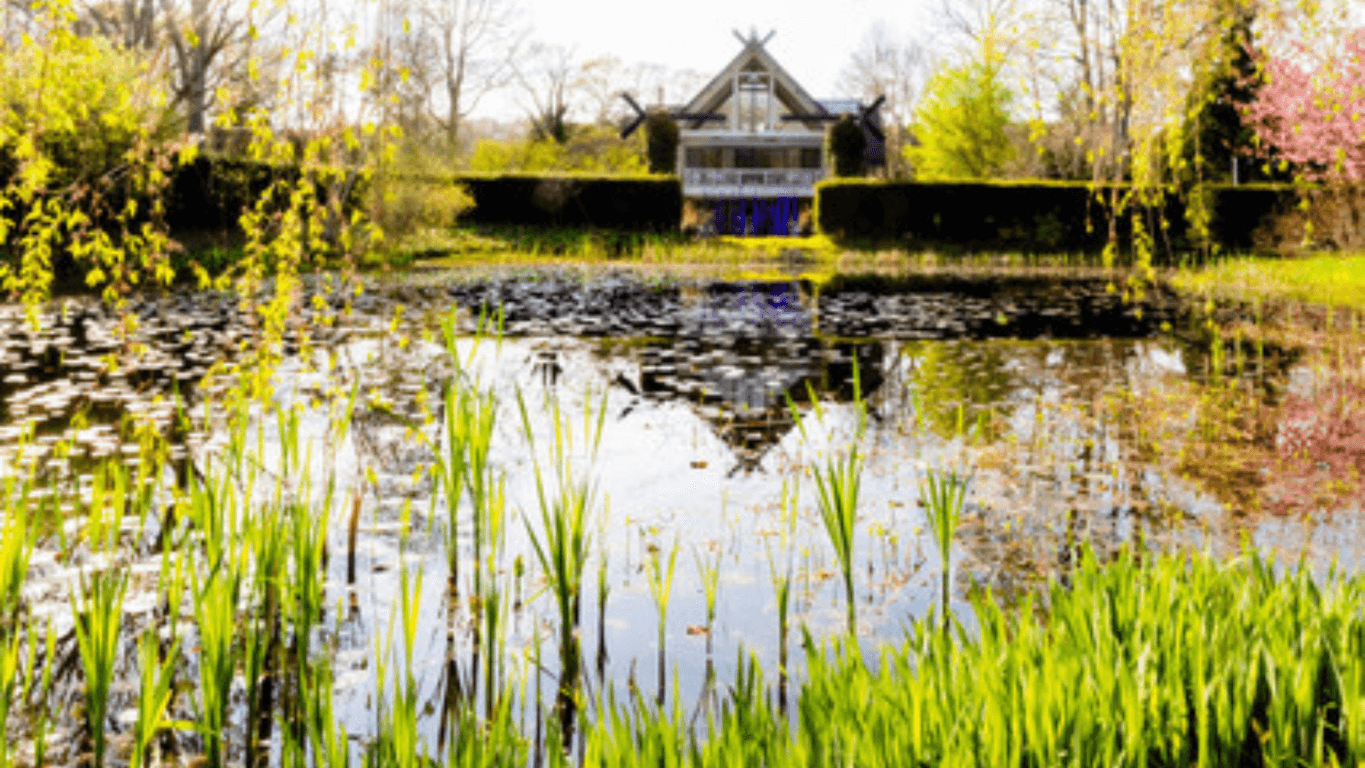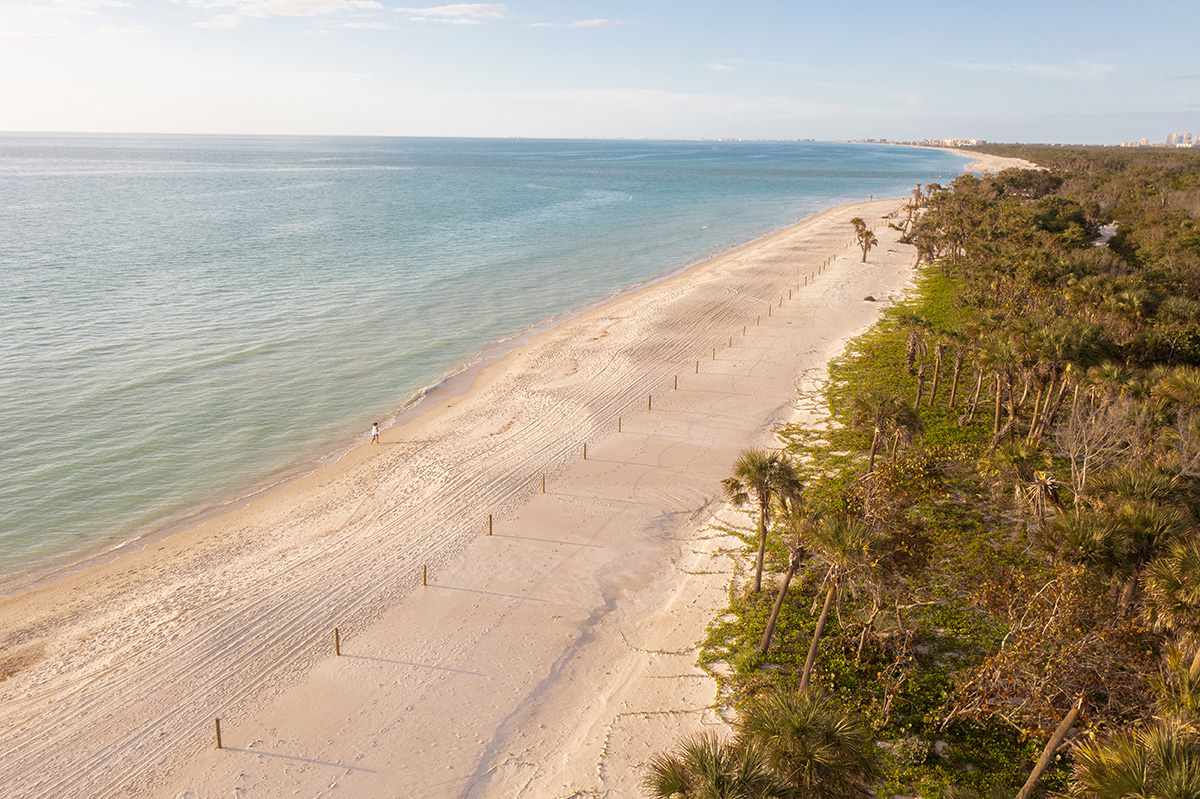
This is part of a series with Gardenista, which ran on October 20, 2023.
For two decades, The Battery has been a model for public parks and sustainable horticulture in New York City and beyond, proving that what we work toward at Perfect Earth Project is possible—and beautiful: You can plant drop-dead gorgeous landscapes for biodiversity. You can care for these perennial gardens, which are designed by a world-renowned designer, without any toxic chemicals—and do it for decades. You can create and plant a playground to handle floods from ever-frequent storms. You can nurture old-growth trees. You can grow an organic farm right in the middle of downtown Manhattan and use it to teach and feed people. You can do all of this while welcoming millions of people 365 days of the year—for free.
The powerhouse behind The Battery is Warrie Price, the founder of the nonprofit Battery Conservancy, which “designs, builds, maintains, and activates” the park. It doesn’t surprise me at all when autocorrect changes “Warrie” to “warrior.” She’s been a beloved and fierce advocate for conservation and sustainable horticulture for decades. “I think we have done an extraordinary project that began so small, but then really took off because how can you not want to keep making things beautiful?” she says. “At The Battery Conservancy, we like to say we’re ‘devoted to wow.’”
Price shares her thoughts about The Battery.
How did The Battery Conservancy begin? How did this park come to be the beloved place it is today?
I was asked by Betsy Barlow Rogers to create a nonprofit for The Battery. The park had a master plan created by landscape architect Philip Winslow, who sadly died before the project could begin. But Betsy said make sure you’re in accord with it, because if you can’t visualize, if you can’t be excited to implement it, then it’s going nowhere. The master plan is the skeleton of the park, the guidelines. But there was no horticulture, no horticulturist on the team at the time, no playground, no bikeway, no urban farm. Still, it provided the guidelines, and we review it every time we make a change in the park. After reviewing and embracing the master plan, I created The Battery Conservancy. We started with the promenade. We hired Piet Oudolf, who was not well known here at the time. He created a master horticultural plan. I think his genius is bringing the natural world into this romantic environment. In 2003, Piet first designed the Garden of Remembrance after 9/11 to honor those we lost, those who made it home safe that day, and those who would come later. It was created by private funding and a whole lot of volunteer hands. We’ve been able to enjoy them for 20 years, but they’re now about to go through reconstruction with the changes to the park. [Oudolf’s other contributions include the Bosque gardens, woodland plantings, and the bikeway.]
I think from the beginning, I wanted to make the park its own destination, not just a passageway. It was important to me personally because of its rich heritage.
What do you need for a successful garden?
When you’re planning a garden, whatever type it is, you need two things to ensure its success: authenticity and a program for how you’re going to use it. First, you have to be authentic to the landscape. Take the time to understand the history of the land, its topography, geography, and soil. Then, the second thing you need is a program, visualize how you’re going to use the space. If you don’t have a program, if you haven’t visualized how you want to be there, enjoy it and be a part of it, you’re going to have a failed garden.
Why are public parks and gardens important to city life?
Beauty never stops healing the soul, and gardens are beautiful: green gardens, multi-color gardens—all plant life. Also, public parks and gardens in cities are unexpected, so they’re cherished. They get people to stop because there is always something of interest happening, especially in a perennial garden. When you come to The Battery every week, you’ll see the gardens change and evolve.
Our goal at The Battery is to enhance life mentally and physically. When you physically walk through the gardens, you interchange with nature. Mentally there’s a quiet sense of what beauty does to get your mind concentrating on something. That’s an additive to good health and a good feeling versus dealing with the stress and the problems that surround you in a very urban setting.
Why was it important to be toxic-free from the start?
I learned a lot about conservation from Mrs. Johnson. [Price was college roommates with Lynda Johnson Robb, daughter of President and Lady Bird Johnson (or Mrs. Johnson as she called her), and lived at the White House for a time. She helped Lady Bird Johnson found the Lady Bird Johnson Wildflower Center in Austin, TX, where she is also a founding director.] When we started the Battery Conservancy, I always thought, no pesticides, no herbicides. We’re small. We can afford to pull our weeds ourselves. We can think of other ways instead of chemicals. For example, we’ll use integrated pest management like beneficial nematodes instead of toxic sprays. Nature has remedies if you’re knowledgeable. We worked with Rutgers to pick the best turf blend for the lawn we do have. We love our nitrogen producing clover in the lawn. The parks department found our perennial gardens to be much more economical than cutting hedges and mowing lawns all the time. We have a slogan: plant our parks. We want to set a standard for both public park design and maintenance. The gardens here are the essence of what the park is.

Thanks to the efforts of Warrie Price and The Battery Conservancy, cracked and barren blacktop was transformed into a perennial haven planted for biodiversity and beauty—and always taken care of without toxic chemicals.
What are you doing for biodiversity?
We’ve been working with Audubon NYC and now have more birds in the park than ever before. We leave seed heads during the winter and have planted different types of ornamental grasses and habitat. We’re a destination for migratory birds. They’re so beautiful, and they bring such life. We’re also a Monarch Waystation [A habitat designated by Monarchs International that supports migration and reproduction of Monarch butterflies]. We’ve planted milkweed. They also feed on Agastache and other flowers as they make their way south. We’re feeding them along the way.
We have also decided to support our native bees as much as possible. We will no longer be hosting European honeybee hives in the park because we know our native bees need uninterrupted space for themselves. Bees are great communicators of life. They give hope when you see their populations increasing.
We want everyone to “leave the leaves” instead of throwing them away. They fertilize the lawn and become habitat for insects during the winter. And then of course, we’re toxic-free. We cultivate everything—our urban farm, forest farm, all the gardens, lawn maintenance—without chemicals and always have. We can all be conservationists.
What are the challenges of having a public park during climate change?
The evolution of The Battery is always about change. We have to adapt to the garden’s needs—and those needs change. I would say every 20 years the needs must be re-evaluated and adapted. We certainly see this now.
For a thousand years, there has been the relationship of landscape to water. As I mentioned earlier, we’re about to go through some changes. The promenade is being totally rebuilt. It will be elevated six feet to handle rising sea waters from climate change. There will still be the Gardens of Remembrance, they’ll just be different. They will be more like embankment gardens because everything will be raised up high and you’ll walk up to the promenade versus down to it the way you do now. We hope the project will be completed by 2026.
We recently completed a playscape, which was designed after Hurricane Sandy, to flood and recover. Instead of ignoring this flood prone area, we reimagined it for play. We want to be a model for waterfront flood prone areas all over the world. Come talk to us about creating bioswales and reserve tanks under climbing structures and climbing mounds. Ask us about designing with salt-tolerant plants that like wet soil. A couple of weeks ago when we had a deluge of rain from a storm, the playscape didn’t flood. We don’t want municipalities to leave these areas dormant. We’ve learned a lot. We’re now able to share that knowledge with others.
For so long this park was all about water gazing, to paraphrase Melville, and now it’s a landscape about learning. It’s a landscape to impart so much knowledge through our gardens, through our biodiversity, through our birds, through our bees. They’re all telling great stories. I think about the evolution of how we are today, how our “learning landscape” has evolved through our programing. This transformation, these 30 years of designing and rebuilding, we now have this transformed landscape of 25 acres, and gardens and horticulture—no pesticides, no herbicides have been a huge part. We continually say no to things that were very much part of traditional park management.
Do you have a favorite time in the garden?
I love the beginning of the morning. The light is so magnificent because it reflects off the waters. But then the sunsets are fabulous, especially now. I also adore being by the fountain in the middle of a warm day. I watch all the children playing surrounded by plants—the coolness of the shade and the refreshing water sprays. I’m happiest when I see the way people interact with the garden—especially the children. I think, you know, it worked. The people make the programs come alive. We’re free to the public and open 365 days of the year, 24 hours of the day. And the impact is so much bigger than just us. It’s so much bigger than downtown. It’s so much bigger than any other park. Gardens are beautiful. You can never underestimate the power of beauty on mental and physical health.
This interview has been edited and condensed for clarity.
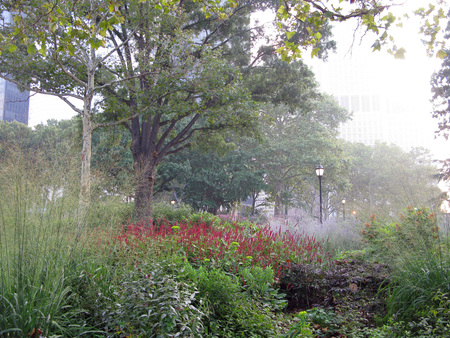
The densely planted gardens are magical in fall.
